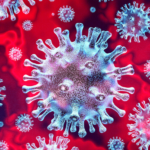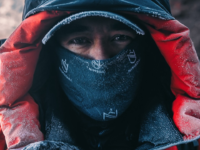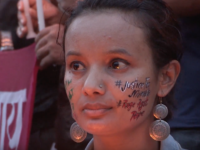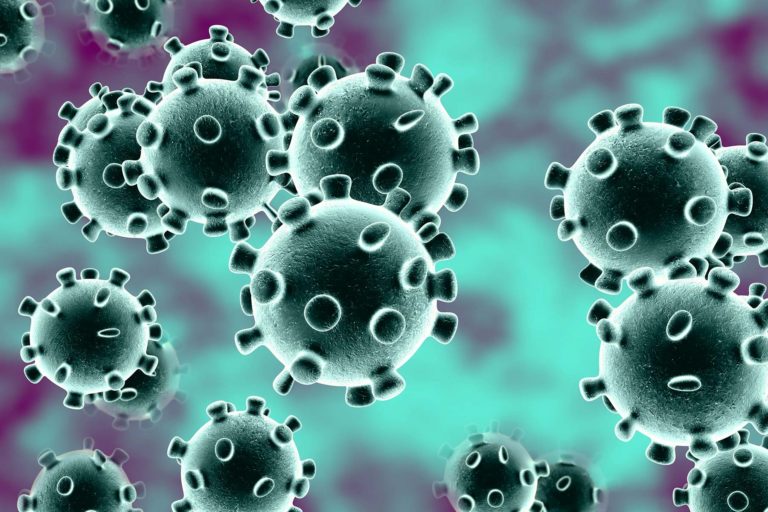Ministry of Health and Population on Tuesday reported 87 more confirmed cases of coronavirus in Nepal, bringing the nationwide total to 217. This is the largest gain of COVID-19 cases in Nepal, in a single day since pandemic began.
According to the ministry, among the infected, 18 are from Parsa district (6 women between the ages of 22 and 60 ; 12 men between the ages of 16 and 61), two from Mahottari (male aged 16 and 35), 2 from Dhanusa (20-year male and 40-year-old female), 2 from Bhaktapur (25-year-old man and a 27-year-old woman), 33-year-old woman from Kathmandu, and a 45-year-old man from Sarlahi.
Read : Covid-19: Nepali Art Teacher Lightens Up With Cartoon Messages
All patients are in normal condition according to the statement.
As expected, the increase of testing for COVID-19 in Nepal has led to an increase in the number of positive tests for the illness.
As of this writing, according to COVID-19 Nepal, 18,990 have been tested with 217 confirmed cases, 33 recovery and no deaths.
An appeal to temporarily close all Nepali Beauty Salons Amid COVID-19 outbreak
Information on Coronavirus from World Health Organization (WHO)
What is a coronavirus?
Coronaviruses are a large family of viruses that are known to cause illness ranging from the common cold to more severe diseases such as Middle East Respiratory Syndrome (MERS) and Severe Acute Respiratory Syndrome (SARS).
What are the symptoms of someone infected with a coronavirus?
It depends on the virus, but common signs include respiratory symptoms, fever, cough, shortness of breath, and breathing difficulties. In more severe cases, infection can cause pneumonia, severe acute respiratory syndrome, kidney failure and even death.
Is there a treatment for a novel coronavirus?
There is no specific treatment for disease caused by a novel coronavirus. However, many of the symptoms can be treated and therefore treatment based on the patient’s clinical condition. Moreover, supportive care for infected persons can be highly effective.
What can I do to protect myself?
Standard recommendations to reduce exposure to and transmission of a range of illnesses include maintaining basic hand and respiratory hygiene, and safe food practices and avoiding close contact, when possible, with anyone showing symptoms of respiratory illness such as coughing and sneezing.






















